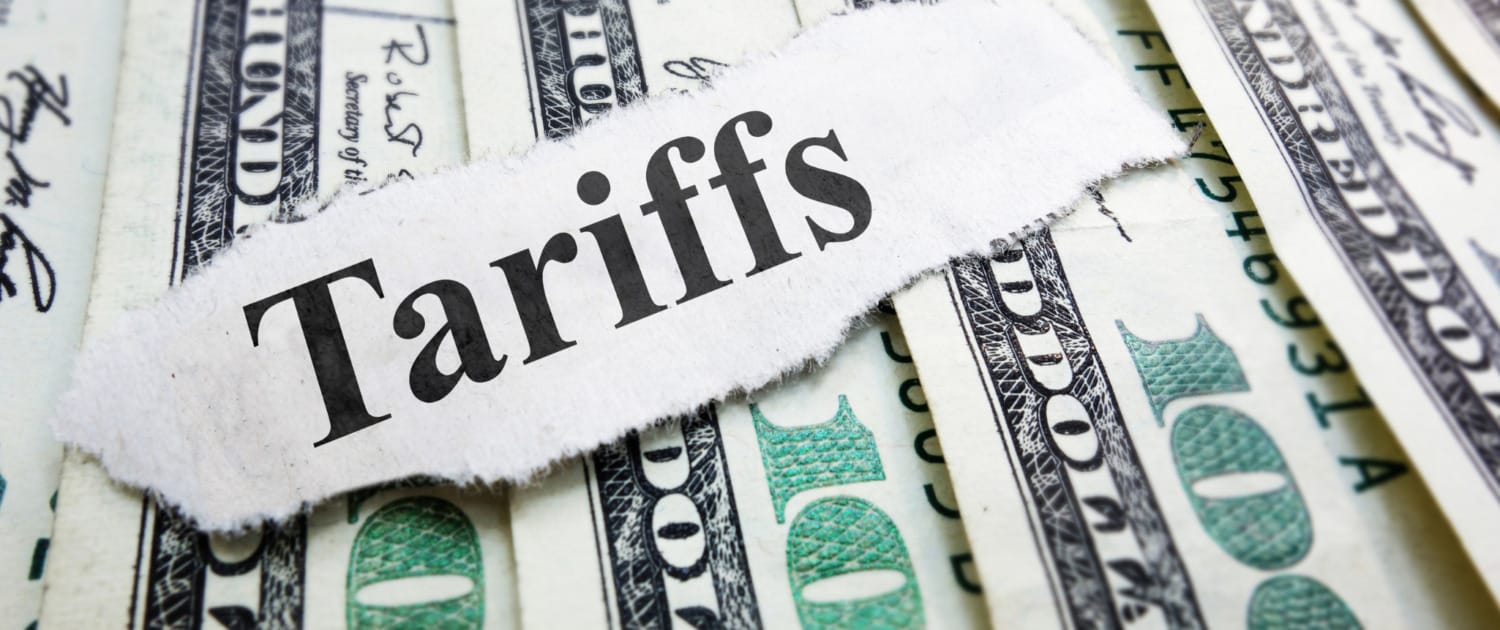This week Treasury Secretary Janet Yelen addressed the Council on Foreign Relations in New York at a significant period with only 18 days remaining until the US Presidential election. While remarks may have been aimed at Donald Trump her insight is crucial in permeating both parties, whether policy remains status quo or new measures are taken to formalize U.S. strategy on tariffs.
Tariffs have long been a tool used by governments to regulate trade and protect domestic industries. In the U.S., tariffs have been implemented with the intention of balancing trade deficits, protecting jobs, and promoting domestic growth. However, sweeping tariffs that target broad categories of goods are often counterproductive. They can trigger retaliatory measures, increase consumer prices, and create economic inefficiencies. On the other hand, targeted tariffs, when applied to specific industries, can protect critical sectors, encourage local production, and even create new jobs. This article will explore why broad-based tariffs are economically irresponsible and how industry-specific tariffs can be a more effective solution.
The Dangers of Sweeping Tariffs
Broad-based tariffs, such as those seen in the trade wars of recent years, can cause widespread harm to the economy. When tariffs are indiscriminately applied to entire industries or countries, they lead to a host of negative consequences:
- Higher Consumer Prices: One of the most immediate effects of sweeping tariffs is higher prices for consumers. Since tariffs are essentially taxes on imported goods, companies often pass these costs down the supply chain, leading to price increases in consumer goods ranging from electronics to automobiles. For example, the Trump administration’s tariffs on steel and aluminum in 2018 led to price increases in many goods that depend on these materials, from cars to construction materials.
- Retaliation from Trade Partners: When one country imposes sweeping tariffs, trade partners often respond with retaliatory tariffs, which can further stifle economic growth. In the U.S.-China trade war, both countries escalated tariffs, negatively impacting industries such as agriculture. American farmers were particularly hard-hit as China responded with tariffs on U.S. soybeans, pork, and other agricultural products, leading to billions of dollars in lost exports.
- Disruption of Global Supply Chains: Many modern industries rely on global supply chains, with parts and materials sourced from multiple countries. Sweeping tariffs can disrupt these supply chains, increasing production costs and reducing efficiency. This has been particularly evident in the technology sector, where companies such as Apple and Dell were affected by tariffs on Chinese components, increasing the cost of production.
- Economic Uncertainty: Businesses depend on stable economic policies to make long-term investments. Sweeping tariffs create an environment of uncertainty, which can deter investment. When businesses are unsure of how future tariffs will affect their costs or market access, they may hold off on expanding operations or hiring new workers.
Targeted Tariffs: A More Responsible Approach
While sweeping tariffs can be harmful, targeted tariffs on specific industries can be a useful tool for protecting jobs and promoting strategic economic goals. In certain cases, tariffs on specific imports can help level the playing field for American businesses facing unfair competition from countries that engage in dumping or provide heavy subsidies to their own industries.
Industries That Have Benefited from Targeted Tariffs
- Steel and Aluminum: The U.S. steel and aluminum industries have benefited from tariffs imposed in 2018. These tariffs were meant to protect American producers from cheap imports, especially from China, which had been accused of dumping steel on the global market at below-cost prices. While the tariffs raised prices for downstream industries, they also led to increased investment in U.S. steel production, helping to protect thousands of jobs in steel manufacturing.
- Solar Panels: In 2018, the U.S. imposed tariffs on imported solar panels to protect domestic manufacturers from a flood of cheap Chinese products. This action resulted in a revival of some domestic production, with companies such as First Solar expanding U.S. operations. While there were concerns about the effect on solar installation jobs, the tariffs did help protect U.S. solar panel manufacturers.
- Tires: A case study from 2009 illustrates how targeted tariffs can protect jobs. After a surge in tire imports from China, the Obama administration imposed tariffs on Chinese tire imports. This action was credited with saving over 1,200 jobs in the U.S. tire manufacturing industry, according to the United Steelworkers union. While there were some cost increases for consumers, the move was seen as a success in protecting American jobs.
Industries Harmed by Tariffs
While some industries have benefited, others have been harmed by tariffs. For instance, U.S. agriculture has suffered under retaliatory tariffs, particularly during the U.S.-China trade war. American farmers lost significant market share in China, which targeted products like soybeans, pork, and dairy in response to U.S. tariffs. The government provided billions in aid to farmers, but many still struggled to regain their pre-tariff market positions.
Similarly, the auto industry was hurt by tariffs on steel and aluminum, which raised the cost of materials and made it more expensive to manufacture cars domestically. Automakers warned that these tariffs could lead to higher car prices for consumers and reduced competitiveness for U.S. manufacturers in global markets.
Where Does Tariff Revenue Go?
When the U.S. government collects tariff revenue, it goes into the U.S. Treasury. In recent years, tariff revenue has increased significantly due to the imposition of new tariffs, particularly on Chinese goods. According to the U.S. Treasury Department, tariffs brought in approximately $80 billion in 2021. However, it is important to note that while tariffs generate revenue for the government, this often comes at the expense of higher costs for businesses and consumers. Additionally, some of the revenue collected from tariffs has been used to fund aid programs for industries hurt by retaliatory tariffs, such as the $28 billion in aid provided to farmers during the U.S.-China trade war.
Building a Responsible Tariff Policy
The next U.S. president and economists can implement a responsible tariff program by focusing on strategic, targeted measures rather than broad-based tariffs. Here are the top steps they could take:
- Target Tariffs on Specific Industries: Instead of sweeping tariffs, focus on industries facing unfair competition due to dumping, subsidies, or other trade practices that distort the market. This approach allows for protection of key sectors without causing widespread economic harm.
- Establish Clear Criteria for Tariff Implementation: A transparent process for determining when and where tariffs should be applied is crucial. This should involve clear criteria for what constitutes unfair trade practices and economic harm to U.S. industries.
- Engage in Multilateral Trade Agreements: The U.S. should work with allies to address unfair trade practices through international trade agreements rather than unilateral tariffs. This can help build global consensus and reduce the risk of retaliatory measures.
- Protect Strategic Industries: Identify and protect industries that are critical to national security and the long-term health of the U.S. economy, such as semiconductor manufacturing and clean energy technologies.
- Limit the Duration of Tariffs: Tariffs should be time-limited and regularly reviewed to ensure they are achieving their intended goals. Long-term tariffs can create complacency within industries, reducing the incentive to innovate and improve competitiveness.
Conclusion
While sweeping tariffs often create more harm than good by increasing costs and triggering retaliatory measures, targeted tariffs can be an effective tool for protecting specific industries and creating jobs. A responsible tariff policy must focus on strategic industries, promote fairness in international trade, and prioritize the long-term health of the U.S. economy. By doing so, the U.S. can safeguard its economic interests while minimizing the negative impacts of protectionism.
Contact Us






Follow Us